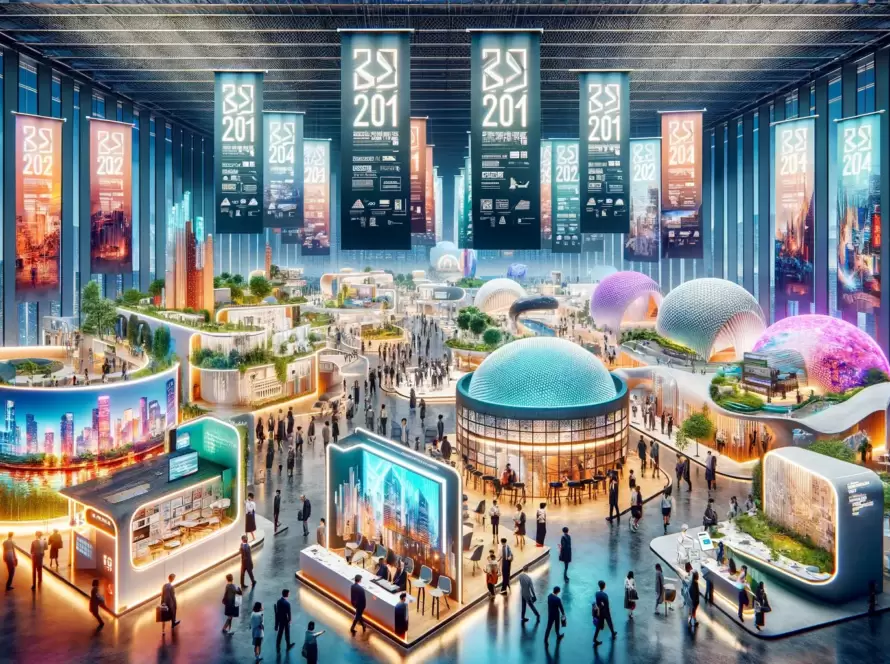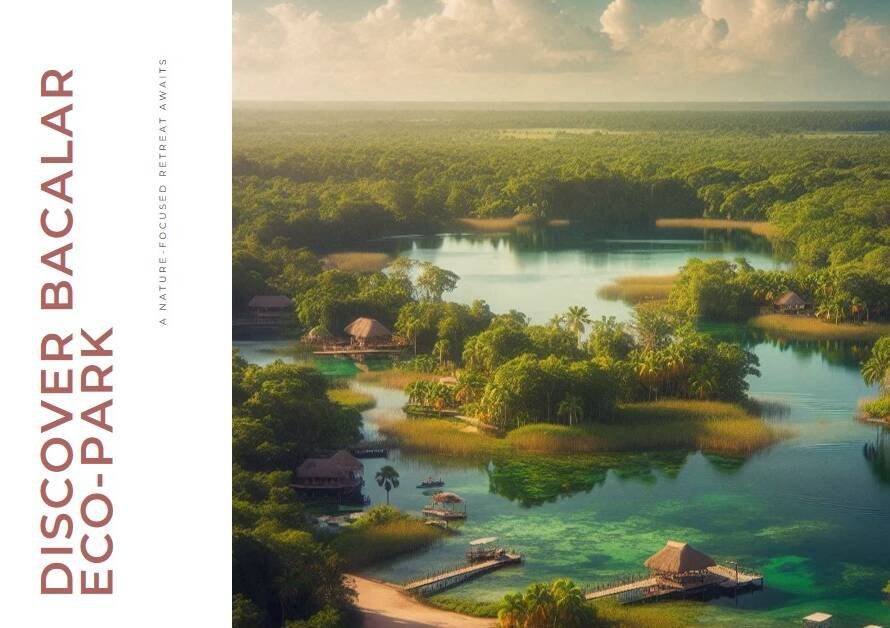
Table of Contents
- Introduction: Environmental Design
- Urban Planning and Design:
- Sustainable Architecture:
- Interior Design:
- Landscape Architecture:
- Environmental Consulting:
- Green Building and LEED Certification:
- Environmental Policy and Advocacy:
- Academic and Research Roles:
- Conclusion:
Introduction: Environmental Design
Embarking on a journey towards an environmental design degree opens doors to a plethora of rewarding career paths that blend creativity, sustainability, and innovation. From shaping urban landscapes to crafting sustainable interiors, the realm of environmental design offers a diverse array of opportunities for those passionate about creating spaces that harmonize with nature. In this comprehensive guide, we’ll delve into the myriad career paths awaiting graduates with an environmental design degree, exploring the avenues where their skills and expertise can flourish.
Urban Planning and Design:
Urban planners play a pivotal role in shaping the cities of tomorrow, ensuring they are not only aesthetically pleasing but also sustainable and functional. With an environmental design degree, you can delve into urban planning and design, where you’ll collaborate with architects, engineers, and policymakers to develop plans for urban spaces that prioritize environmental conservation, walkability, and community well-being. Whether it’s designing green spaces, revitalizing neighborhoods, or promoting sustainable transportation, urban planning offers a dynamic and fulfilling career path for environmental design graduates.
Sustainable Architecture:
In an era marked by environmental concerns, sustainable architecture has emerged as a cornerstone of the construction industry. As an environmental design graduate, you can specialize in sustainable architecture, where you’ll integrate eco-friendly principles into building design and construction. From incorporating renewable energy sources to utilizing recycled materials, sustainable architects strive to minimize the environmental footprint of structures while maximizing energy efficiency and occupant comfort. By championing sustainable practices, you’ll not only create visually striking buildings but also contribute to a greener, more sustainable future.
Interior Design:
Interior design goes beyond aesthetics; it’s about creating functional, ergonomic, and aesthetically pleasing spaces that enhance the quality of life. With an environmental design degree, you can carve a niche in sustainable interior design, where you’ll fuse creativity with environmental consciousness to design spaces that are both beautiful and eco-friendly. Whether it’s selecting sustainable materials, optimizing natural lighting, or incorporating biophilic design elements, sustainable interior designers prioritize environmental sustainability without compromising on style or comfort. By championing sustainable design principles, you’ll transform interiors into havens of sustainability and well-being.
Landscape Architecture:
Landscape architecture encompasses the art and science of designing outdoor spaces that seamlessly blend with the natural environment. Armed with an environmental design degree, you can embark on a career in landscape architecture, where you’ll conceptualize and design parks, gardens, campuses, and other outdoor spaces that promote ecological diversity, conservation, and human well-being. From mitigating environmental impacts to creating resilient landscapes that withstand climate change, landscape architects play a vital role in shaping the outdoor environments we inhabit. By harnessing your creativity and environmental expertise, you can craft landscapes that not only dazzle the eye but also nurture the soul and sustain the planet.
Environmental Consulting:
As environmental concerns take center stage, businesses and organizations are increasingly seeking guidance on sustainable practices and green initiatives. With an environmental design degree, you can venture into environmental consulting, where you’ll advise clients on sustainability strategies, environmental regulations, and green building practices. Whether it’s conducting environmental assessments, implementing energy efficiency measures, or developing sustainability plans, environmental consultants help businesses navigate the complex landscape of environmental stewardship while achieving their sustainability goals. By leveraging your expertise in environmental design, you’ll become a catalyst for positive change, guiding organizations towards a more sustainable future.


Green Building and LEED Certification:
Green building practices have become synonymous with environmental sustainability and energy efficiency in the construction industry. With an environmental design degree, you can specialize in green building and pursue LEED (Leadership in Energy and Environmental Design) certification, becoming a champion for sustainable building practices. Whether it’s designing energy-efficient buildings, optimizing water usage, or promoting indoor air quality, green building professionals play a crucial role in advancing sustainable construction practices. By attaining LEED certification and advocating for green building principles, you’ll contribute to the proliferation of eco-friendly buildings that minimize environmental impact and enhance occupant well-being.
Environmental Policy and Advocacy:
Environmental design graduates possess a deep understanding of the interplay between human activities and the natural environment, making them well-equipped to advocate for environmental policies and initiatives. With your expertise in environmental design, you can pursue a career in environmental policy and advocacy, where you’ll influence decision-makers, shape public policy, and champion sustainability initiatives at local, national, and international levels. Whether it’s advocating for green infrastructure projects, lobbying for renewable energy incentives, or raising awareness about environmental issues, environmental policy advocates play a vital role in driving positive change and safeguarding our planet for future generations.
Academic and Research Roles:
For those inclined towards academia and research, environmental design offers numerous opportunities to delve into cutting-edge research and contribute to the advancement of knowledge in the field. With an environmental design degree, you can pursue academic roles as professors or researchers, where you’ll conduct research, publish scholarly articles, and educate the next generation of environmental design professionals. Whether it’s exploring innovative design strategies, investigating sustainable materials, or studying the impact of urbanization on ecosystems, academic and research roles allow you to delve deep into your passion for environmental design while making meaningful contributions to the field.
Conclusion:
An environmental design degree opens doors to a myriad of fulfilling career paths that marry creativity with environmental stewardship. Whether you choose to shape urban landscapes, design sustainable buildings, advocate for environmental policies, or delve into academia, the possibilities are as vast as the landscapes you seek to transform. By harnessing your passion for environmental design and embracing sustainability principles, you can embark on a journey towards a rewarding career that not only enriches your life but also contributes to a more sustainable and resilient world.



